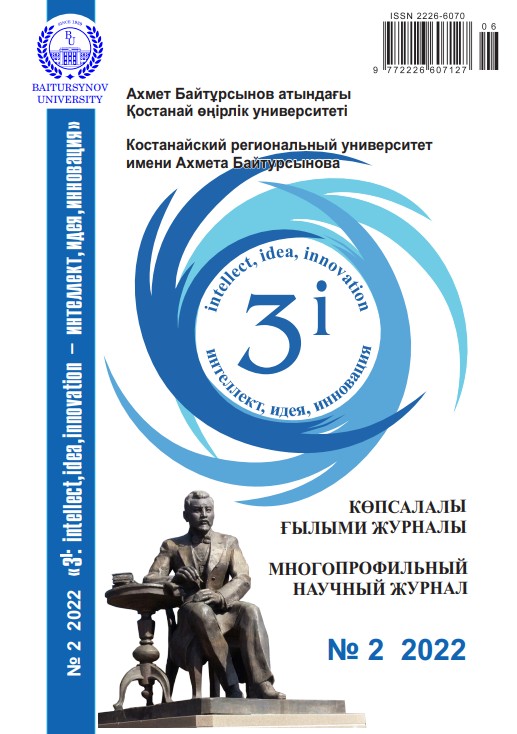MICROMORPHOLOGICAL FEATURES AND ELEMENTAL COMPOSITION OF MECHANICAL FRACTIONS OF SAND FORMATIONS OF DESERT RANGELANDS OF THE SOUTHERN PRI-BALKHASH REGION
DOI:
https://doi.org/10.52269/22266070_2022_2_47%20Keywords:
rangelands, sandy soils, sands, degradation, soil texture, micromorphology, elemental compositionAbstract
The research results of the micromorphology of the structure and elemental composition of the mechanical fraction of desert sandy soils and mobile sands of the Southern Balkhash region are in this article. Desert sandy soils are transformed into pockets of bare mobile sand dunes due to the anthropogenic load. In a hot climate and strong wind activity, they fill up the outbuildings of economic entities and residents of villages, worsening their social and environmental conditions. To restore the fertility of moving sands, a deep understanding is needed not only of the influence of external factors of soil formation, but also of the essence of the processes occurring in their profile. In this connection, the purpose of the research was a comparative study of the micromorphology of the structure, spectral characteristics and elemental composition of moving sands in close relationship with its original substrate, i.e. with desert sandy soils. Studies have established that as a result of deflationary processes, desert sandy soils have lost 5% of the fine sand fraction. The skeletal minerals of both desert sandy soil and mobile sand are dominated by quartz (SiO2), which was confirmed by the data of their elemental composition. The results obtained will be the scientific basis for unraveling the genesis and anthropogenic evolution of shifting sands, which in turn will help, in combination with other indicators, to develop methods for restoring their fertility.
Key words: rangelands, sandy soils, sands, degradation, soil texture, micromorphology, elemental composition.




